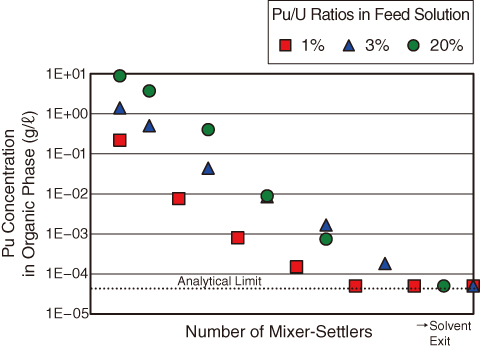
Fig.7-12 Schematic of the co-recovery process

Fig.7-13 Reduction of Pu in the partitioning stage

Fig.7-14 Pu concentration profiles in the partitioning stage
The transition from the current light-water reactor (LWR) cycle to the FR cycle will span several decades. In this period, LWRs and FRs will coexist, and not only UO2 fuel but also mixed oxide (MOX) fuels will be discharged from these reactors. For the purpose of reprocessing these spent fuels with varying plutonium contents, a U-Pu co-recovery process (co-processing process) is currently being developed. In contrast to the conventional reprocessing process (PUREX), which recovers Pu separately from U, the co-processing process will recover the two elements together to prevent the isolation of Pu to improve the proliferation resistance (Fig.7-12).
Mixer-settler tests of the co-processing process have been conducted using U/Pu nitric acid solutions at the Operational Testing Laboratory (OTL) of the Tokai Reprocessing Plant (TRP). To assure complete stripping of Pu in a mixture with U in the partitioning stage, the appropriate usage of reductants (U(IV) and HAN)-which reduce Pu to a non-extractable trivalent state-has been evaluated in the tests (Fig.7-13).
The adopted Pu/U ratios of the feed solutions used in the tests were 1%, 3%, and 20%, considering the composition of the future spent fuels from a LWR, a LWR-MOX hybrid, and a FR-MOX reactor. In the tests, complete stripping of Pu in a mixture with U has been observed at all Pu/U ratios (Fig.7-14), and the U/Pu ratios in the recovered U/Pu mixed solutions could be controlled within the 0.5–2.0 U/Pu ratio range, which was suitable for the fabrication of FR-MOX fuel.
Further tests are to be conducted to improve the process, and will use centrifugal contactors.
The present study was sponsored by the Agency for Natural Resources and Energy, Ministry of Economy, Trade and Industry, of Japan (METI), in the FY 2010 and 2011.
<Previous: 7-5 | Next: 8 Research and Development Relating to Nuclear Fuel Cycle Backend and Reprocessing of Spent Nuclear Fuel >